Sometimes, I teasingly tell people that there are three terrible aspects of living in Canada – January, February and March. However, I quickly add that because of our seemingly never-ending winters, the arrival of spring is perhaps more eagerly appreciated than in latitudes further south. I was born in Toronto and spent my boyhood in the city during the difficult years of Second World War. Sometimes, I compare the spring seasons of the war-years with those of today.
I was in this reflective mood in May of this year (2016), when I gazed at the delicate purple blossoms on the redbud in the park across from my condominium. When I was a boy, I do not recall ever having seen these exquisite flowering trees. In the 1940s, our climate was far colder than today, and redbud were unable to survive Toronto’s frigid winters. This realization caused me to think about other changes over the years, and realize how different springtime was during my childhood. (redbud shown on lower left)
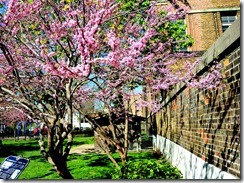
In winter, similar to most children, I did not go much after dark. However, with the arrival of the longer evenings of spring, I was allowed to venture out after supper, although I was expected to return home when the streetlights came on. The laneways behind the houses were the best playgrounds, as they were secluded from adults’ prying eyes. While playing games like “kick-the-can” or “hide and go seek” in the laneways, my friends and I also peered over the backyard fences at the gardens. We noticed that soil was being prepared for the spring planting of seeds —mainly carrots and beets.
While examining the gardens, my friends and I also observed the fruit trees in blossoms, and noted those that might be worthy of raiding in the autumn seasons. Sour (Montmorency) cherries would be available for plundering in June, the apples, peaches and pears eluding us until late-August. However, in May, rhubarb patches were ready for a “pulling session.” We held contests to determine who was able to crunch on the most sour stalks before calling it quits. We never mentioned the number of times we went to the toilet later that night.
When I arrived inside the house, because the streetlights had come on, my mother was often examining an Eaton’s Spring Catalogue, a smaller version of the one that appeared each year well in advance of the Christmas season. My father was relaxing and reading the newspaper, having placed aside the seed catalogues, since he had already purchased those that he required.
My mother also enjoyed gardening. Each spring she planted flowers seeds in pots. As the days warmed, in the mornings she carried them outside and positioned them in a sunny spot at the rear of the house. In the evening, she brought in again, until after May 24th holiday. My parents never purchased plants in a nursery or at a corner store. The frugality of the war years did not allow such extravagance, although seedlings were available at the St. Lawrence Market for families with thicker wallets.
In May, in our backyard garden the pink peonies were in bud, purple iris and hollyhocks were pushing upward, and bleeding hearts were in bloom in a sheltered spot beside the south fence. A bunch of lilacs from the bushes at the rear of the garden was in a vase on the kitchen table. Outside on the street, the mature maple trees flanking the avenue were dropping their tiny bright-green flowers, carpeting the pavement and sidewalks. The bright greens of spring never lasted long, before slowly turning to the deep greens of summer.
My attire changed dramatically to accommodate the new season. I put away the rubber boots I had worn all winter, with their thick inner-soles and heavy wool stockings, and put on my scampers. These shoes I would wear until the cold weather returned. Some kids wore “running shoes”, today more commonly referred to as “sneakers.” In the 1940s, the term sneakers was unknown to me. My britches (pants), with the long socks that came up to the knees, disappeared and I now wore overalls.
At school, our reading program closely followed the Canadian seasons. In grade one, the official reader was the “Mary, John and Peter” book. Authorized by the Minister of Education, it was designed and illustrated under the supervision of The Ontario College of Art, and sold by the T. Eaton Company.
The “Mary, John and Peter” grade-one reader. Every child in Ontario during the war years commenced their reading lessons with this book. The cover illustrates that its first pages were devoted to autumn, the beginning of the school year. The copy of the book shown above was printed in 1933.
The first pages inside the cover of the reader. I still remember the first time I opened the book in September of 1944.
In the spring of 1944, when we read the story “The Little Red Tulip,” I knew that our teacher had officially recognized the spring season.
There were other signs of spring that occurred at school. The girls commenced bringing their skipping ropes to school, the most intricate type of skipping being double-dutch. It was amazing to observe two sets of ropes whirling in the air as the girls skipped in and out of them. As well, squares were marked with chalk on the pavement in the schoolyard to play hop-scotch. I might add that the chalk was usually stolen from the blackboard ledges when the girls lined up beside them to depart for recess or lunch. Another popular game was “pick up the jacks. ”In the 1940s, boys and the girls were segregated in the schoolyards, so these activities mainly occurred in the girls’ yard.
In the boys’ yard, pockets bulged with glass marbles, sometimes referred to as “dibs or allies.” Various competitive games were employed to try to win some of the other boys’ collections. The most highly prized marbles were the larger ones, referred to as “boulders.” We traded cards with photos of movie stars, obtained from packages of bubble gum. It was not until the 1950s, with the advent of television, that hockey and baseball cards were inserted into bubble gum packages.
Another signal that spring was in the air was the arrival of the “yo-yo man.” A promoter for a yo-yo company stood outside the schoolyard fence during recess and performed amazing trick with them, the hardest of them being “the sleeper.” It enticed many children to visit a local store and buy a yo-yo while purchasing penny candy.
Spring brought other changes. The sign placed in the front window of our house for the iceman was reversed to indicate that 50 pounds of ice were required for the icebox. All winter, 25 pounds had been sufficient. With the warmer weather, we lifted the canvas cover at the back of the ice truck to retrieve small shards of ice to suck on. The wooden box that my father had placed in the kitchen window to keep food cool was removed for the season. The temperature inside the box was regulated by adjusting the height of the window. It was a practical way of obtaining extra space to keep food fresh during the winter season.
The month of May was also when the first of the trucks from Nova Scotia appeared on our street, selling fresh spring salmon. They packed the fish in ice and drove non-stop from the Atlantic region to Toronto. It was one of the highlights of the year, equalled only by the appearance later in the season of the farmers’ trucks from Niagara, which delivered strawberries and asparagus. My mother thoroughly enjoyed berating the vendors about their prices, while silently giving thanks for the change in the menu at the kitchen table.
Today, I anticipate the arrival of spring as much as when I was a child. Each year, on a warm sunny day, I walk around the city and appreciate again the arrival of the new season. Below are a few of the photographs taken on May 16, 2016, during my excursion this spring.
Redbud in bloom in St. Andrew’s Playground, beside the brick wall of the Waterworks (Maintenance) Building on Brant Street.
Trees in flower on the south side of Dundas Street West, near Augusta Avenue, on the north side of the Alexandra Park Co-op Housing.
Lilacs in front of 21 Kensington Avenue in the Kensington Market
Houses and blossoms on the west side of Kensington Avenue, south of St. Andrew’s Street.
Peonies in bud at 106 Kensington Avenue, in the Kensington Market.
Tulips and forget-me-not flowers in the front garden at 96 Baldwin Avenue.
Dandelions and violets at 101 Baldwin Street
University Avenue, gazing north toward College Street.
Pansies in front of the Canada Life Building on University Avenue.
Daffodils in the rear garden of Campbell House, built in 1822, on the northwest corner of University Avenue and Queen Street West.
Trees in front of the north facade of Osgoode Hall on Queen Street West, near University Avenue.
View of Toronto’s Old City Hall from the gardens on the east side of Osgoode Hall.
View of the New City Hall from the gardens on the west side.
Gazing north from Queen Street East at the Metropolitan United Church, at Queen Street East and Church Street.
View of St. James Cathedral on King Street East from the gardens on the east side.
Gazing west towards St. James Cathedral from the east side of St. James Park.
View of the north and west facades of the St. Lawrence Hall on King Street East at Jarvis Street, from the gardens of St. James Park.
To view the Home Page for this blog: https://tayloronhistory.com/
For more information about the topics explored on this blog:
https://tayloronhistory.com/2016/03/02/tayloronhistory-comcheck-it-out/
The publication entitled, “Toronto’s Theatres and the Golden Age of the Silver Screen,” was written by the author of this blog. It explores 50 of Toronto’s old theatres and contains over 80 archival photographs of the facades, marquees and interiors of the theatres. It relates anecdotes and stories by the author and others who experienced these grand old movie houses.
To place an order for this book:
Book also available in Chapter/Indigo, the Bell Lightbox Book Shop, and by phoning University of Toronto Press, Distribution: 416-667-7791 (ISBN 978.1.62619.450.2)
Another book, published by Dundurn Press, containing 80 of Toronto’s former movie theatres will be released in June, 2016. It is entitled, “Toronto’s Movie Theatres of Yesteryear—Brought Back to Thrill You Again.” It contains over 125 archival photographs and relates interesting anecdotes about these grand old theatres and their fascinating histories.
Another publication, “Toronto Then and Now,” published by Pavilion Press (London, England) explores 75 of the city’s heritage sites. This book will be released in June 2016. For further information follow the link to Amazon.com here or contact the publisher directly by the link shown below:
http://www.ipgbook.com/toronto–then-and-now—products-9781910904077.php?page_id=21.
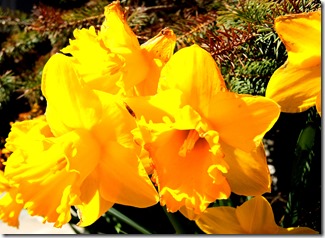
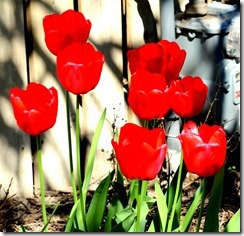
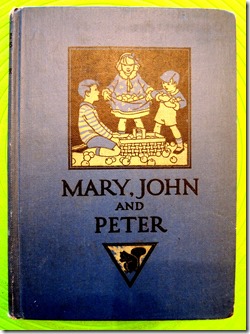
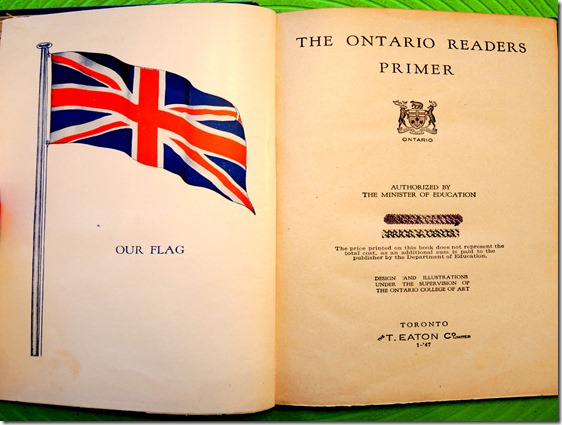
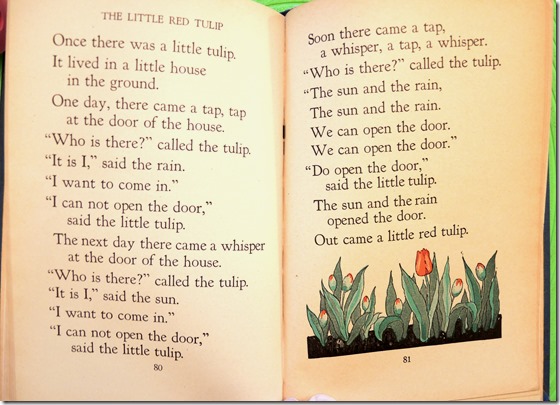
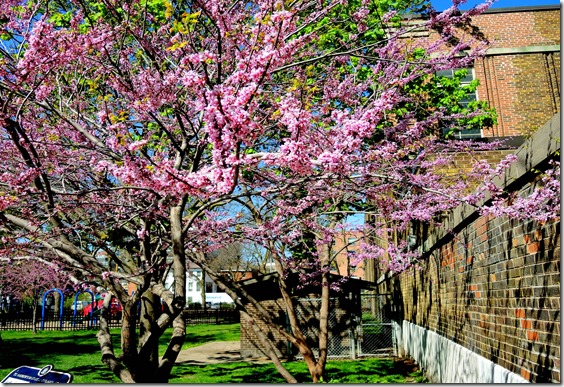
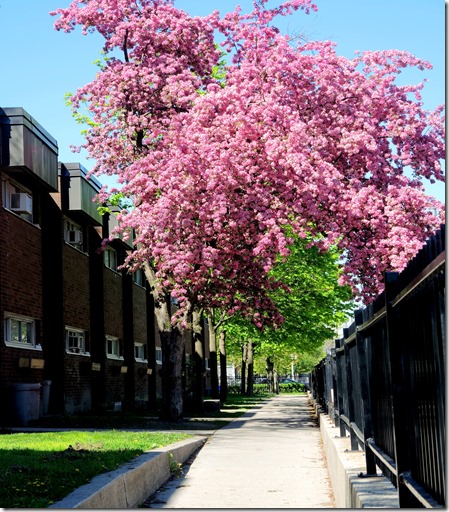
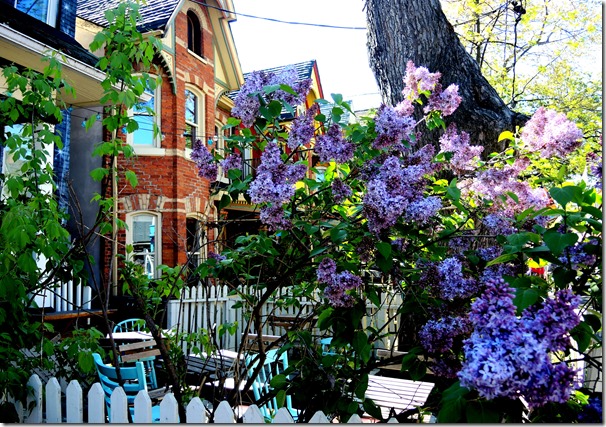
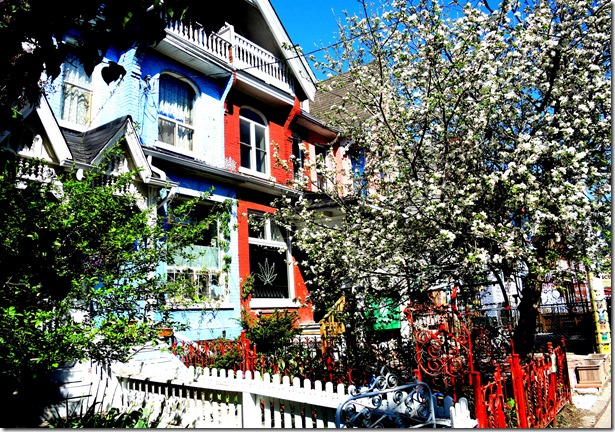
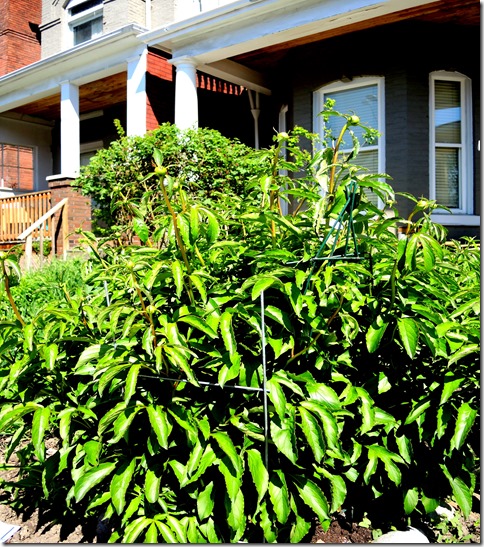
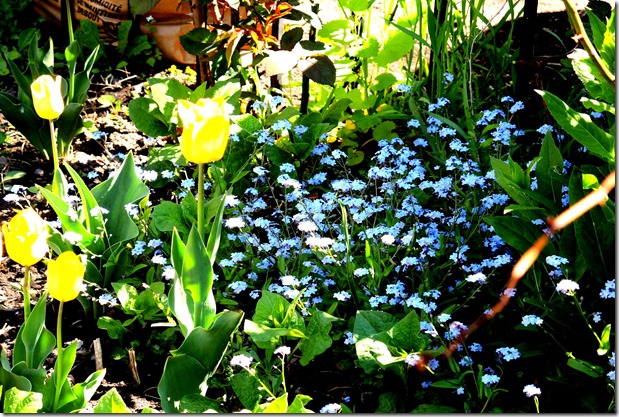
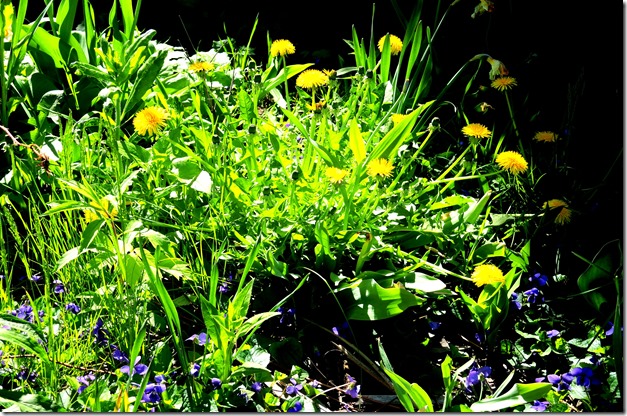
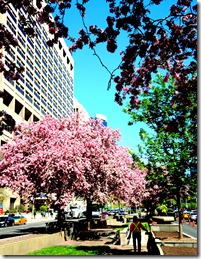
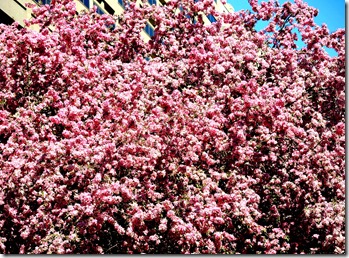
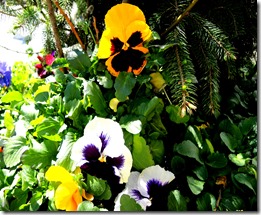
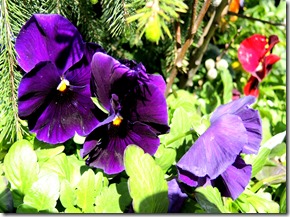
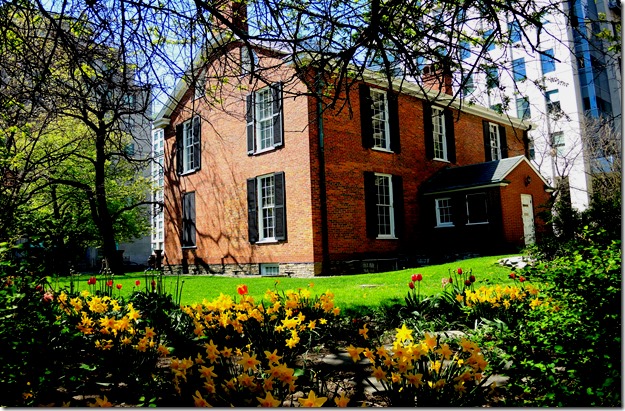
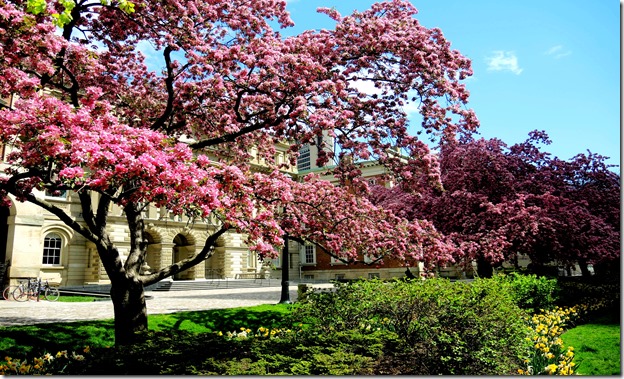
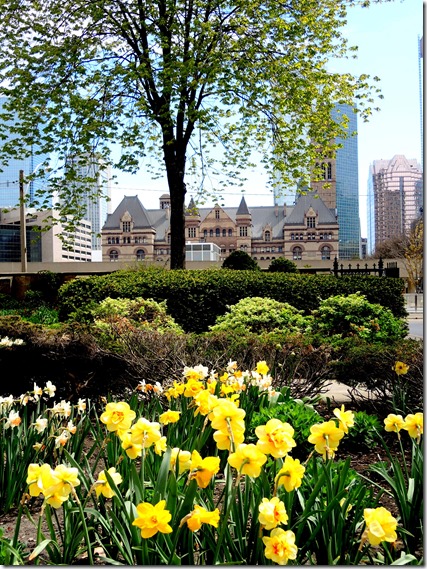
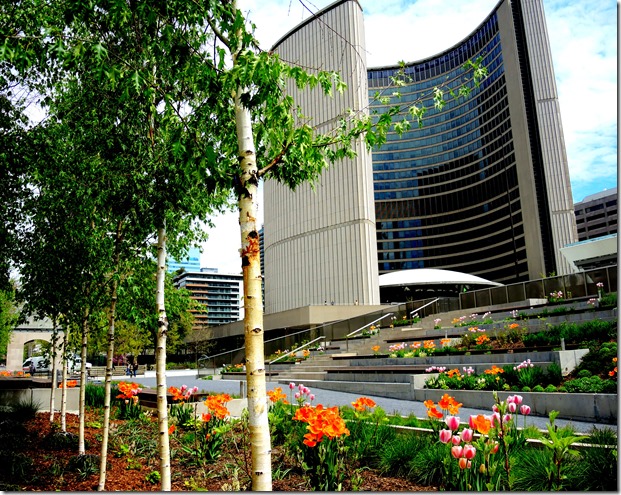
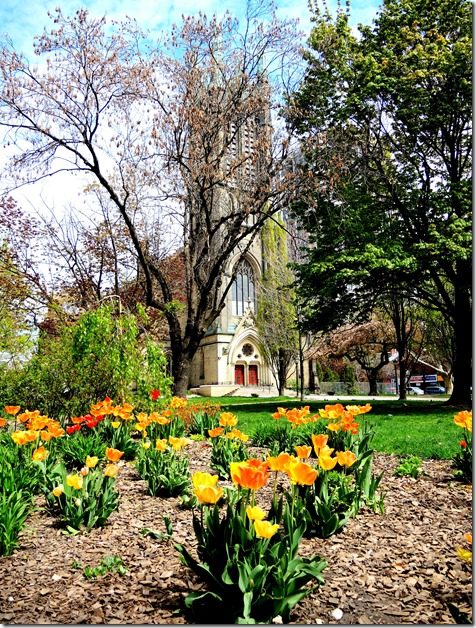
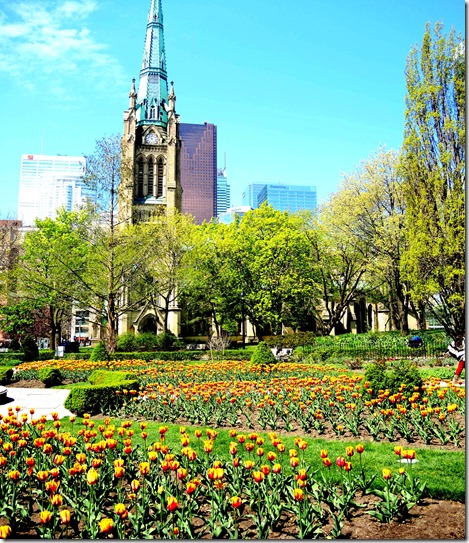
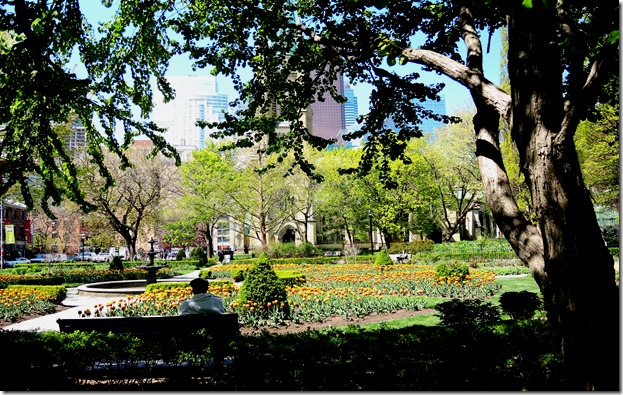
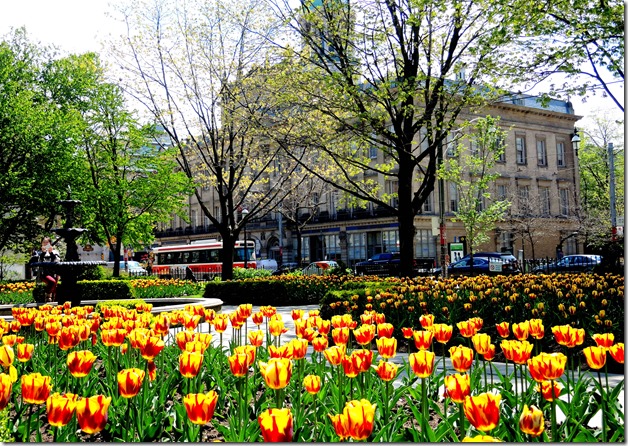
![cid_E474E4F9-11FC-42C9-AAAD-1B66D852[2] cid_E474E4F9-11FC-42C9-AAAD-1B66D852[2]](https://tayloronhistory.com/wp-content/uploads/2016/05/cid_e474e4f9-11fc-42c9-aaad-1b66d8522_thumb1.jpg)
![image_thumb6_thumb_thumb_thumb_thumb[2] image_thumb6_thumb_thumb_thumb_thumb[2]](https://tayloronhistory.com/wp-content/uploads/2016/05/image_thumb6_thumb_thumb_thumb_thumb2_thumb.png)


